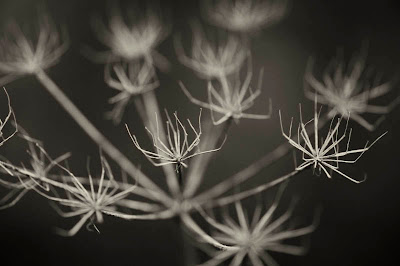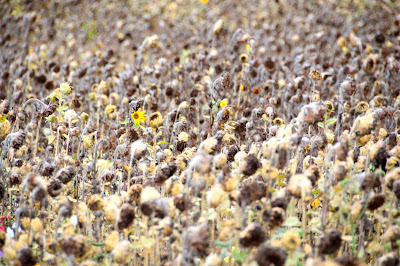The creation of an outdoor pavilion at the Serpentine Gallery in Kensington Gardens has become an annual ritual of the London summer season, and this year's offering holds special interest for garden and landscape architects.
Taking as his inspiration the idea of the medieval 'hortus conclusus', or enclosed garden, the renowned Swiss architect Peter Zumthor has created a temporary building of strange power.
The medieval hortus conclusus was, it its original conception, as much an embodiment of the Virgin Mary as an actual garden. Rich in allusion, the notion of the garden as a protected zone - as uncorruptible as the body of the Virgin, with each element of the garden (water, plants, trees) having symbolic resonance with the mythology of Mary is now largely lost to us. We can comprehend it on an intellectual level, but few people in the post-Christian West would today have the spiritual response to such a garden that our medieval forebears, immersed in the cult of Mary the Virgin, would have enjoyed.
Zumthor, however, is noted for his buildings which have a spiritual as well as intellectual dimension, and the Pavilion is no exception.
The approach, while not exactly sinister, is far from encouraging. Isolated on the turf of the park, anchored with concrete paths which lead to the openings, the building is a slightly forbidding black cuboid, the deep darkness of the entrances adding to the sense of separateness that the exterior conveys. This is clearly a 'space apart', but it has rather unpleasant echoes, suggestive of places that it would be a transgression to enter, or in which nasty things might happen which we would rather not know about (for some reason I thought of an abbatoir when I approached it).
Once through one of the entrances, however, you are in a dark cloister, brightly lit at intervals by the other entrances. The subtle rhythm established on the exterior by virtue of the panels of black suddenly becomes much more dramatically expressed, with vivid blocks of light crossing the otherwise dark passageway.

From here one passes through an opening in the inner wall of the structure into the garden itself. Occupying the majority of the open space in the centre of the Pavilion is a garden planted up by Dutch master, Piet Oudolf. Here, within the dark frame of the building is a tumble of plants, mostly restrained in colour, but with occasional splashes of (in September) bright blue Aconitum and magenta Geranium. Grasses feature heavily, as do the robust perennials Oudolf favours for their capacity to 'die well'. It is interesting to ponder the possibility that the structure, temporary, could be removed this month, with the plants left to outlive it, standing to decay over the winter.

The building proves to be something other than a cuboid - from the inside it becomes almost a tent, with an inward sloping roof sheltering the tables and benches set around the perimeter. This roof is suggestive of the sloping tiled roofs of the courtyards of the Alhambra and other Moorish gardens, in which the patio gains its sense of enclosure from just such an arrangement. The garden does, at this point, feel truly separated from its exterior and setting. Only sky and the tips of nearby trees are visible over the roofline, and despite a smallish crowd of visitors it is possible to lose yourself for a moment or two, and feel alone in the space.

Despite nailing its colours to the mast with the title 'Hortus Conclusus', the Serpentine Pavilion this year seems to have as much in common with its Islamic, Roman and Moorish antecedents as the specifically Christian garden it refers to - but as a place to experience seclusion from the outside world, where, free of distraction, it might be possible to lose yourself in contemplation, it is as successful as any of them.




















































